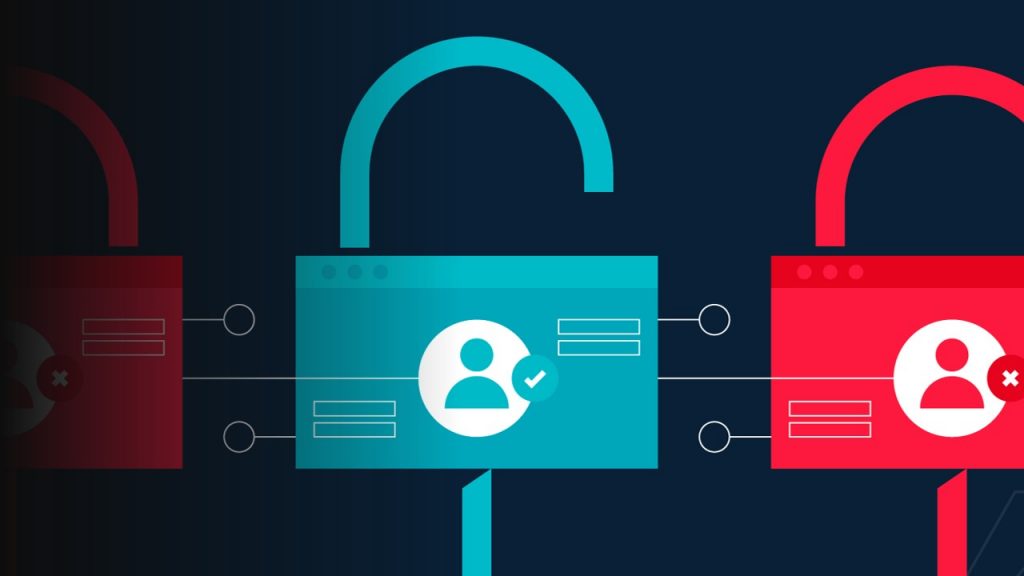Thankfully we are done with COVID-19. This doesn’t mean that the virus has vanished, but Humans are the best species to adapt to the changes, and so do Companies too. During that pandemic period, all companies adopted the new culture of ‘WORK FROM HOME’. That era has ended too, most companies are moving away from the ‘Working-From-Home’ culture and adopting the ‘Hybrid’ or ‘Work-From-Office’ culture again.
The ‘Hybrid’ or ‘Work-From-Office’ working culture brings many challenges to the IT Security teams. Actively collect the data from each laptop/desktop, verify the patches, Manage the anti-virus definition, Monitor all traffic that the laptop/desktop is negotiating with, get the report from time to time, and submit to CISO or Compliance manager/team for further process.
There must be an Army of IT team, who is running this show and monitoring each and every traffic in/out from the network to make sure the entire office network is secured and no intruder is getting into the company network. Companies are spending a lot of money on Security products.
According to a report by Gartner (Gartner | Delivering Actionable, Objective Insight to Executives and Their Teams), worldwide spending on information security products and services reached $123.8 billion in 2020, an increase of 7.6% from the previous year. The report also projects that spending on information security will continue to grow, reaching $151.2 billion by 2023.
Another report by Cybersecurity Ventures (https://cybersecurityventures.com/) predicts that global spending on cybersecurity products and services will exceed $1 trillion cumulatively from 2017 to 2021.
But how many companies are actually spending on the “NAC”?

According to a report by MarketsandMarkets (https://www.marketsandmarkets.com/), the global NAC market size is expected to grow from $1.4 billion in 2020 to $4.7 billion by 2025, at a Compound Annual Growth Rate (CAGR) of 27.4% during the forecast period. This growth is being driven by increasing incidents of cyberattacks, strict regulations and compliance requirements, and the need for better visibility and control over network endpoints.
NAC (Network Access Control) implementation is important for several reasons if companies have not implemented it yet.
- Security: NAC implementation helps to ensure that only authorized devices and users can access the network, which reduces the risk of data breaches and other security incidents. NAC can be used to enforce policies such as endpoint security requirements, user authentication, and access control.
- Compliance: Many industries have regulatory requirements that mandate the use of NAC to protect sensitive data. For example, healthcare organizations must comply with HIPAA regulations, which require the use of NAC to control access to patient records.
- Visibility: NAC can provide valuable visibility into the devices and users accessing the network, which can help IT teams identify potential security risks and troubleshoot network issues more efficiently.
- Control: NAC implementation can give IT teams greater control over the network, enabling them to enforce policies and respond quickly to security incidents.
Overall, NAC implementation is an important aspect of network security and can help organizations protect sensitive data, comply with regulations, and maintain network availability and performance.
In a survey conducted by Spiceworks (Business and Industry News, Analysis and Expert Insights – Spiceworks), a provider of IT management software, it was found that 60% of small and medium-sized businesses plan to increase their spending on security solutions, including NAC, in 2021. Additionally, a survey by ESG Research found that 74% of enterprise organizations have implemented or plan to implement NAC solutions in the next 12-24 months.
These figures demonstrate that companies are recognizing the importance of NAC solutions in protecting their networks and data, and are increasing their investment in these solutions as part of their overall security strategy.
The market is filled with NAC solutions;
- Cisco Identity Services Engine (Cisco Identity Services Engine (ISE) – Cisco)
- Aruba ClearPass (Network security without compromise | Aruba (arubanetworks.com)
- Forescout CounterACT (Network Access Control (NAC) – Forescout)
- Pulse Policy Secure (Pulse Policy Secure | SecureAccessWorks.com)
- Extreme Networks Control (Advanced Network Access Control Solutions – Extreme Networks)
All these tools come with a heavy on CapEx and managing those needs an expert hand in a team.

“EasyNAC“ (Easy NAC | Easy NAC Simple Network Access Control) It’s a company that only focused on the NAC product. The product comes with ease of installation in the existing production network, hassle-free deployment in multi-branch setup, and as the name suggests ‘Easy’ to manage. The learning curve to understand this tool is very low and helps the existing network engineer to manage the NAC effortlessly. It’s a value for money, for any size of the industry that is looking to get its network more secure.
We will share a detailed success story, where Skeletos is involved in the deployment of the ‘EasyNAC’ in a complex large network FMCG industry.
Stay tuned…






